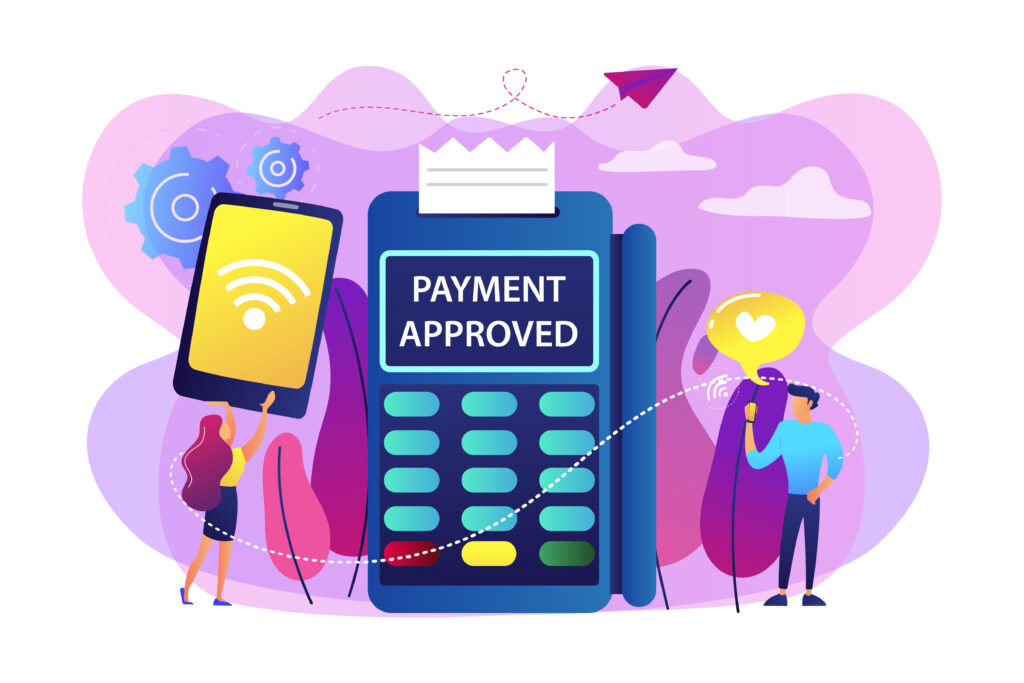
Introduction
In an increasingly digital world, the way consumers make payments has undergone a significant transformation. One of the most innovative methods to emerge in recent years is Near Field Communication (NFC) payments. This contactless technology allows users to make transactions quickly and securely by merely tapping their smartphones or smart devices near an NFC-enabled terminal. As mobile wallets like Apple Pay, Google Wallet, and others gain popularity, understanding how NFC payments work and their benefits becomes essential for consumers and businesses alike.
A Seamless Transaction Experience
At its core, NFC is a short-range wireless communication technology that enables data exchange between devices situated close to each other, typically within a few centimeters. This communication is facilitated through radiofrequency identification (RFID), which allows devices to transmit data securely and instantaneously. In the context of payments, NFC technology allows a user to link their bank account or credit card to their mobile device. When a user wants to make a purchase, they simply unlock their device and hold it next to an NFC terminal, triggering the payment process. The transaction typically occurs within a few seconds, making it a highly efficient method of payment.
Advantages of NFC Payments
One of the principal advantages of NFC payments is the convenience they provide. Consumers no longer need to carry around physical credit or debit cards, as their smartphones or smartwatches become their wallets. This is particularly useful in a cashless society, where speed and security are paramount. Furthermore, many mobile wallets offer integrated loyalty programs, allowing consumers to accumulate points or discounts without carrying additional loyalty cards. The streamlined experience not only benefits consumers but also businesses, which can serve customers quicker, improving overall efficiency in the transaction process.
Encryption & Tokenization
Security is another pivotal element in the appeal of NFC payments. Transactions made through NFC technology utilize encryption and tokenization to protect sensitive card information. When a payment is processed, the device generates a unique code that stands in for the actual card details, ensuring that the information remains secure even if intercepted. Additionally, most mobile wallets require user authentication (such as a fingerprint or passcode) before a transaction is approved, adding another layer of safety. This advanced security infrastructure helps to mitigate concerns over fraud and unauthorized transactions, which are prevalent in traditional payment methods.
Conclusion
In conclusion, NFC payments represent a significant step forward in how we approach everyday transactions. Offering convenience, heightened security, and the potential for integration with loyalty programs, NFC technology is poised to reshape consumer behavior and business operations alike. As infrastructure improves and consumer trust grows, NFC payments will likely play an increasingly crucial role in the landscape of digital commerce. Please note that this is only some basic information on NFC Payments, for more information, call us at: 310.826.7000
